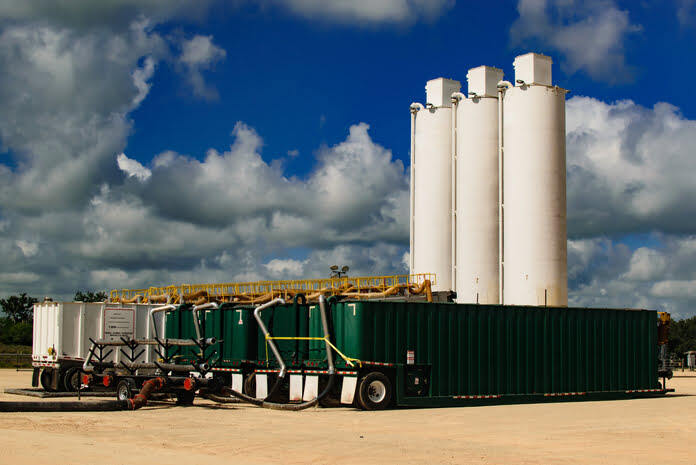The Permian Basin needs little introduction to most energy analysts. It is the US’s top oil-producing shale play and, behind the Marcellus/Utica, the second-largest basin for natural gas output.
In the first four months of 2022, the Permian contributed 43% of all US oil output and 17% of all US natural gas production. Except for Saudi Arabia, the basin produces more oil than any other member of OPEC.
So What is the Outlook for Permian?
Production growth will be fueled by the Permian’s substantial resources, favorable economic conditions, well-established infrastructure, and relative proximity to end markets.
The long-term picture for Permian production growth is still favorable. For many more years, Permian production is anticipated to expand steadily.
According to Enterprise Products Partners’ (NYSE:EPD) June investor presentation, it is expected that Permian oil and natural gas output will increase in both the base scenario and the high case.
From 1H22 through the end of 2027, the basic case predicts a growth of 49% for oil and 42% for natural gas. With oil around $60 per barrel, EPD also pointed out that there are more than 130,000 well locations, which, at the current rate of drilling, would cover more than 20 years of drilling needs.
Oil Production Expected to Go Up
The Permian oil production is predicted to increase by about 0.6 million barrels per day (MMBpd) annually over the next few years, according to Plains All American (NASDAQ:PAA), with total oil production expected to top 7 MMBpd by 2025, up from an estimated 5.3 MMBpd in June 2022.
The producers’ commitment to modest growth and emphasis on capital restraint may be difficult to reconcile with these growth expectations.
Undoubtedly, some of the biggest publicly traded Permian producers are keeping production steady or expanding at a rate of about 5%. However, given the current commodity prices, it is anticipated that private enterprises will continue to grow quickly.
According to recent estimates, the output from the Permian is accounted for by around 30% of private businesses. Exxon (NYSE:XOM) and Chevron (NYSE:CVX) will also contribute significantly to some of this anticipated expansion.
The business forecasts production to reach 1 million barrels of oil equivalent per day (Boe/d) by as early as 2024. Exxon’s Permian oil and gas production averaged 460,000 Boe/d in 2021. Similar to Chevron, who wants to increase Permian production to 1 million Boe/d by 2025 from 608,000 Boe/d in 2021. In total, XOM and CVX produced 13.9 percent of the oil and gas from the Permian in 2021.
Bigger Volumes, New Opportunities on Horizon
Energy infrastructure businesses with exposure to the basin have potential due to the positive prognosis for the expansion of Permian output.
Gathering pipelines, processing facilities, and even long-distance pipelines from the Permian to the Gulf Coast are included in this.
Opportunities are focused on building new pipeline capacity to transport natural gas from the Permian to end markets since there is an adequate takeaway capacity for oil.
This year, a number of midstream businesses announced projects that, when completed by the end of 2024, will increase the takeaway capacity from the Permian by a total of 5.0 Bcf/d.
Notably, this also includes the recently constructed Matterhorn Express Pipeline, in which MPLX (NYSE:MPLX) and EnLink Midstream (NYSE:ENLC) holds interests and which will have a takeaway capacity of up to 2.5 Bcf/d by 4Q24. This also includes the expansions of the Whistler Pipeline (+0.5 Bcf/d) by MPLX and the Permian Highway Pipeline (+1.55 Bcf/d of capacity in November 2023) by Kinder Morgan (KMI).
This year, EnLink Midstream has also been aggressively looking for inorganic growth prospects in the Permian, both through bigger purchases of private companies and smaller bolt-on acquisitions at the asset level.
Acquisitions have mostly targeted systems for acquiring and processing data. The acquisition of Lucid Energy by Targa Resources (NYSE:TRGP), which increased scale in Delaware, and the acquisition of Navitas by EPD, which provided entry into the Midland region of the Permian Basin, are examples of transactions that have increased existing footprints in various parts of the basin.
Nearly $8 billion has been invested in midstream M&A agreements in the Permian so far in 2022. Given the projections for long-term production increase stated above, it is obvious that the Permian offers promising prospects for midstream development.
Featured Image: Megapixl @Mmfsports
















